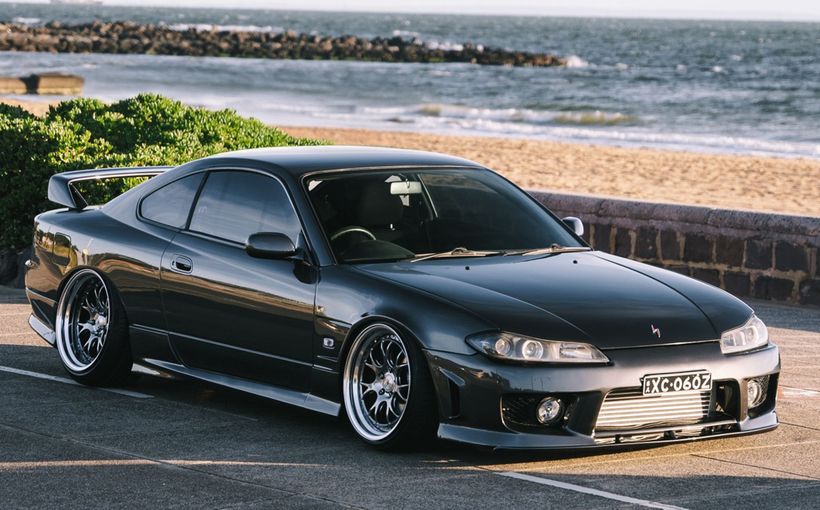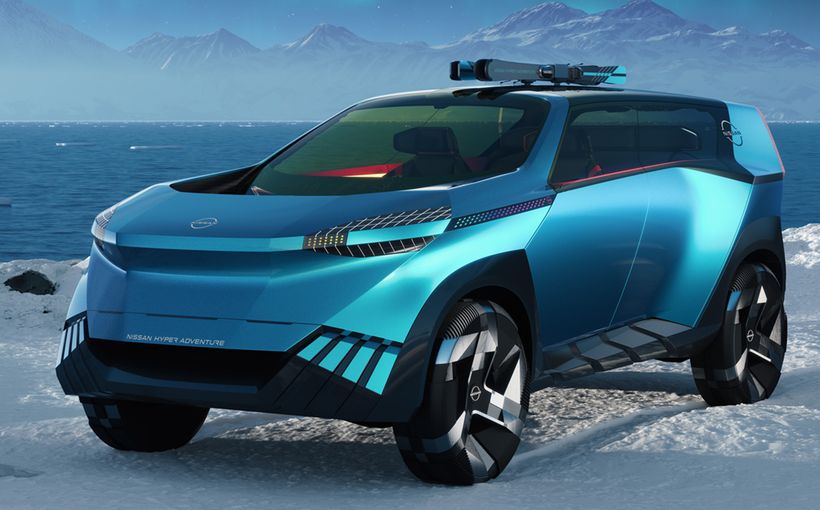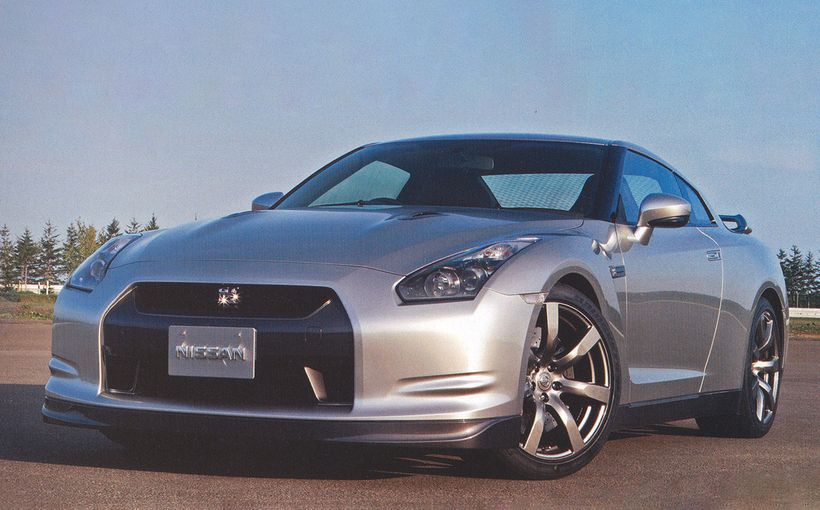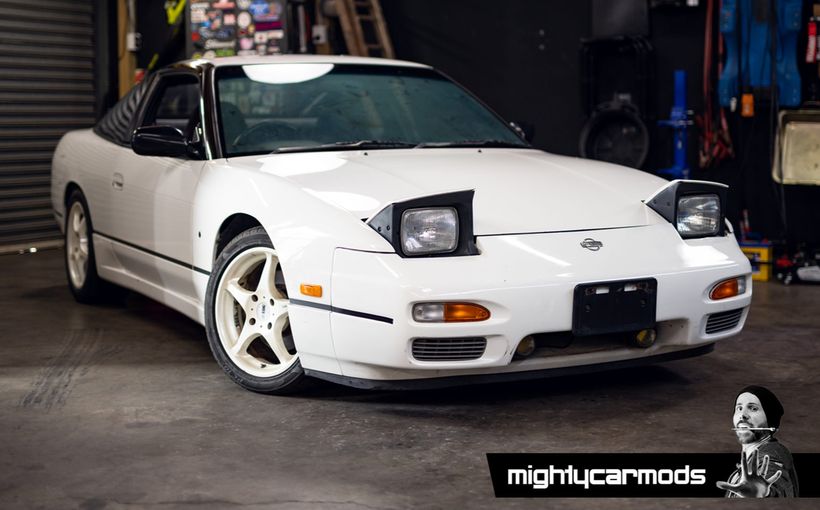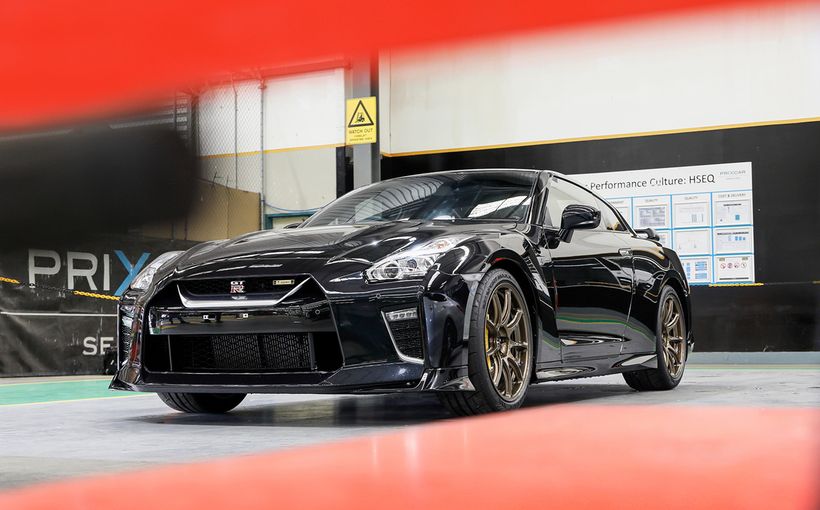Nissan Pulsar EXA and ET: Australia makes a better pocket rocket

In the mid-1980s Nissan’s turbo twins, the EXA and the Pulsar ET set a new performance standard for small cars. The November 1983 edition of Wheels featured Mike McCarthy’s test of the Nissan EXA. His second paragraph reads:
In pre-EXA days, if you wanted a bona fide production turbocar you had to think in terms of a $24,000 Starion or a $27,000-and-up Saab, or stretch your sights to a $63,000 Lotus Esprit Turbo, or go the whole hog for a Porsche 930. Just add some noughts behind the model number to get close to the on-road price.
I was already working as a motoring journalist and was a regular contributor to Wheels when Mike wrote this story and I remember those days well. But my first overseas trip didn’t happen until 1984 so I didn’t entirely understand how different the Australian performance car context was from Europe’s.
That first trip was to Italy and what struck me immediately at Rome airport was the advertising billboard for the then new Peugeot 205 GTI. The ad consisted mainly of a top speed claim: 190.
Back in Australia we still didn’t have what could be called a hot hatch culture, and so it was when Mike McCarthy was introducing the EXA coupe, his points of reference weren’t the Volkswagen Golf GTI or the Fiat Ritmo Abarth 125 TC and it’s strange indeed to re-read a paragraph that mentions the EXA in the same sentence as the Porsche 930.
Researching this story for the Club, I noticed the April 1984 Wheels cover featuring the Mitsubishi Cordia Turbo with the line: ‘PERFORMANCE LIVES!’ The Australian market was so different to the scene in Europe. We had XF Falcons; Europe had cars designed to cruise at 160-plus. The Citroen CX taxi taking colleague Mike Kable and me from Rome to Turin sat on 160! When the EXA and Cordia Turbo opened Australian eyes so wide, they did so because we were only just recovering from the gloomy mid-1970s when anti-pollution gear robbed engines of their spark and the great days of series production racing at Bathurst were gone.
So, if I break the news that the first Nissan EXA wasn’t actually that great a car, I’m sure you’ll understand. Check out the top image and you’ll see that alloys were extra, while nasty plastic wheel covers were standard!
The phrase lead-tipped arrow – unoriginal though it is – leaps to mind. Torque steer was not a term prominent in the automotive writer’s lexicon in 1983-84, but soon would be as front-wheel drive became the industry norm not just for small cars but also most medium and some large cars. Even more disconcerting than this ferocious tugging of the EXA’s steering wheel under hard acceleration was the sudden transition from strongish initial understeer to roll oversteer on sudden lift-off.
No, the EXA was much more about straight line performance than dynamics. A Golf GTI, it was not!

It's undoubted strong point was the E15ET engine. At 1,487 cc, the capacity was the same as the naturally aspirated unit in the entry level Pulsar. But power was up from 51.4 kW at 5,200 rpm to 77 at 5,600. To suit turbocharging, the engineers created tougher connecting rods that were also three millimetres shorter to bring the compression ratio down from 9.0:1 to a turbocharger-friendly 7.4:1. More rigid pistons, chrome-plated top rings, special exhaust valve seats and various other refinements transformed an effective but ordinary power plant into a thing of joy.
Of far more interest in the Australian motoring context is the Nissan Pulsar ET Turbo which took its ‘ET’ from the engine code (E15ET), not from the movie of the same name still very much in the cultural awareness of 1984. This entirely local development of the Australian-manufactured Pulsar hatchback was principally the brainchild of the late great Howard Marsden, who had many years earlier moved from running Ford Australia’s racing program to product planning at Nissan.

Marsden’s idea was to marry all the best aspects of the EXA with the local five-door Pulsar, and then add some further refinements. Not just one, but two of these newcomers graced the cover of Wheels for June 1984. So in went the turbocharged engine, widely acclaimed as brilliant one. But the Australian car got rear disc brakes, a suspension upgrade ran to different spring and damper rates, a smaller-diameter front sway bar (to reduce understeer) and twin tube gas-filled rear dampers. Think about how rare four-wheel discs were on small hatchbacks at that time; certainly the Cordia Turbo didn’t have them.

The EXA’s OK front buckets were replaced by special new ones designed in-house at Nissan Australia for the Bluebird TRX with large adjustable side bolsters and a longer cushion. They (along with the back seat) were trimmed in a wonderful wool blend from the same company that supplied the famous clothing brand Fletcher Jones.
Handsome new 14-inch alloys suited the car perfectly. They were shod with 175/65 Bridgestones. There was a driver’s footrest. Kerb weight was up from the EXA’s 900 kg to 936. Instrumentation was pure EXA.

The performance difference between the Japanese and the Aussie turbo models was almost impossible to discern, with the former reaching 100 km/h in 10 seconds flat and the latter needing an extra 0.1 of a second. Top speed was 182, achievable in both fifth (at 4,500 rpm) and fourth (at 5,500 rpm).
These figures – and the standing 400 metre time of 16.7 – put the ET into fast company. The Mazda RX7, for example, took seventeen seconds for this benchmark acceleration test.

Then came unleaded petrol for 1986 and the ET lost a little of its fizz with the standing 400 metres needing 17.0. But there were special deals on the last batch, all of which had alloys (of the original design) colour-keyed to the body, so silver, white, or light blue metallic. At the time I had a 1981 Alfetta GTV 2.0 which I loved but which was slowly but surely deserting me; you could almost see new rust patches overnight. With a measure of reluctance I parted with Italy and bought Australian-Japanese. I chose the blue and then added factory sills and stripery just in case anyone had missed the fact I was a middle-aged hoon.

But it wasn’t quite the thing, that unleaded ET. A friend’s Laser TX3 felt tighter, handled better and was nearly as quick. As Robbo had noted in his test, wind noise was a curse. The old-fashioned term for how the ET Turbo felt was ‘tinny’.
At the top of the story I mentioned the changing times. The ET’s moment of glory was short. I had thought of entering mine in series production racing. And then came the Suzuki Swift GTi and I traded the Pulsar on a white one, but that’s another yarn. The point is that the ET’s moment in the sun was short-lived. No way could it have kept company with the Suzy around Winton Raceway or even Mount Panorama.

By 1990 the hot hatch era had well and truly arrived in Australia and, compared with the Toyota Corolla SX and the darling Peugeot 205 GTI, the ET seemed like a half-hearted effort, impressive though it had been in 1984; if a week’s a long time in politics, half a decade in motoring is a very long time, especially from the doldrums of the immediate post ADR27A era to the end of the 1980s with overhead cam Falcons and the Toyota Supra (not the Celica-based one!).

But Nissan had another EXA in store and this one arrived in 1986 before the last of the ETs was sold towards the middle of the following year. This one was conspicuously about style as the original had been about grunt. Naturally aspirated and with a zero to 100 km/ time of 11.8 seconds, it need not concern us further here.

In summary, the first EXA and the Pulsar ET, which was an altogether better variation on the theme, brought turbocharged performance to a much lower price range. It’s a pity that the basic machine was so ordinary because the ET showed great potential. How rare it was for any small 1984 car to have rear-wheel disc brakes! The world was moving quickly though and as early as 1986 the Twin Cam Corolla with twin overhead camshafts and four valves per cylinder– a car which felt as solid as the Pulsar felt flimsy – could equal the turbocharged Pulsar’s performance, while undercutting it on price.





